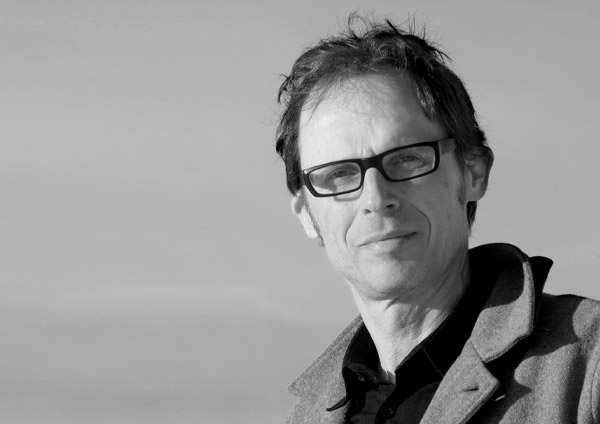Sweden has the potential to increase its electricity production capacity by 140 TWh by Year 2030. The challenge is not technological, but instead relates to permitting processes, according to a PM by Mistra Electrification that was completed in the Spring of 2022. One year later, the situation is pretty much unchanged.
– The potential to increase fossil-free electricity production in Sweden by Year 2030 is as valid today as it was 1 year ago, representing a possible increase of 140 TWh. What has changed is the political rhetoric, whereby the polarization of opinions between wind power and nuclear power has diminished somewhat since the general election in September, says Filip Johnsson, who is Programme Director of Mistra Electrification and Professor in Energy Systems at Chalmers University of Technology.
In March 2022, a few weeks after Russia’s invasion of Ukraine, the Swedish newspaper Dagens Nyheter published an opinion piece signed by Filip Johnsson and Markus Wråke, CEO of Energiforsk. The article was based on a PM about increased electricity production up to Year 2030 (Ökad elproduktion till 2030), issued by Mistra Electrification.
The PM concludes that magnitude of Sweden’s potential to increase electricity production by Year 2030 is some 140 TWh, whereby off-shore and on-shore wind generation can contribute with 65 TWh and 52 TWh, respectively. Further capacity is derived from biopower (12 TWh), solar power (10 TWh), and nuclear power through increasing the capacity of two existing nuclear reactors (2 TWh).
– Technologically, this is possible. The main challenge is the permitting processes, says Filip Johnsson.
So, the main potential in the coming years relates to wind power, according to the PM. However, before the election, there was significant political polarization regarding the relative merits of wind power and nuclear power.
– The situation was unfortunate because there is no conflict between wind power and nuclear power. What has changed since the election is that there appears to be a consensus that Sweden needs more wind power. This aligns with what leading industrial representatives are expressing, comments Filip Johnsson.
One year has passed since the opinion piece was published and the war in Ukraine is still ongoing.
– The war is of course a tragedy, with terrible effects seen in Ukraine. A possible implication for Sweden and the rest of Europe is an increased need for security of supply when it comes to energy and electricity, says Filip Johnsson.
“Ökad elproduktion till 2030” can be found here.

